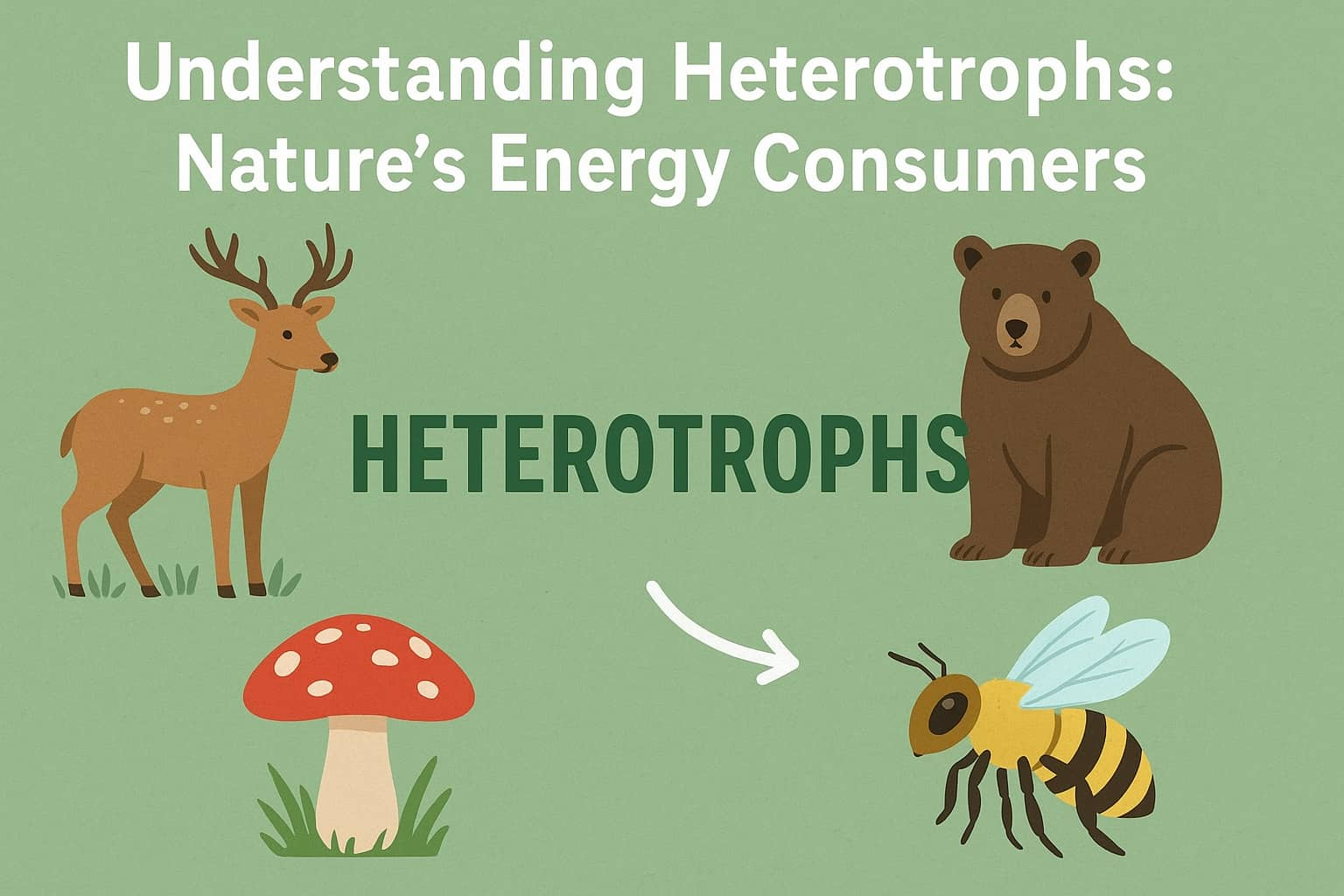A Complete Guide to AQA Grade Boundaries 2026
 October 30, 2025
October 30, 2025
Navigating the world of academic assessments can be daunting, especially when it comes to understanding grade boundaries. With the AQA Grade Boundaries for 2026 on the horizon, students, parents, and educators are eager to unlock the secrets behind scoring well.
This comprehensive guide will take you through everything you need to know about AQA grade boundaries — how they are set, what changes might be anticipated, and proven strategies to help you succeed. Whether you’re preparing for GCSEs or A-levels, understanding these boundaries is crucial for setting realistic targets and achieving your academic goals.
At Merit Study Resources, we help students gain clarity and confidence before results day by providing reliable exam insights and free study resources.
Understanding AQA Grade Boundaries
Grade boundaries are the minimum marks you need to achieve a particular grade. For example, if the boundary for Grade 7 is 65%, you’ll need at least that score to secure the grade.
These boundaries can vary each year depending on the exam’s difficulty level and overall student performance. Understanding this helps you interpret your marks correctly and set achievable study goals.
Importance of Grade Boundaries in AQA Assessments
AQA grade boundaries determine how raw exam marks are converted into final grades. For students, this means that even a few marks can make a significant difference. Teachers and schools also use these boundaries to evaluate performance and predict results.
Knowing past and expected grade boundaries gives students a strategic advantage — allowing them to identify how close they are to the next grade band and plan targeted revision.
How AQA Determines Grade Boundaries
AQA uses a combination of statistical data and examiner judgment to set grade boundaries. They ensure fairness by considering:
-
Overall exam difficulty
-
Student performance compared to previous years
-
Expert input from senior examiners
For example, if an exam paper is harder than expected, the grade boundaries might be lower to balance fairness across the country.
You can explore official AQA guidelines and boundary reports on AQA’s official website.
Historical Trends in AQA Grade Boundaries
Over the years, AQA has maintained consistent fairness in grading while adjusting to national performance trends.
Recent data shows that GCSE grade boundaries slightly shifted post-pandemic as exams returned to normal. This trend is expected to stabilize further in 2026, with boundaries aligning closely to pre-pandemic standards.
Keeping an eye on past grade boundaries gives valuable insights into performance trends — something students can find summarized in Merit Study Resources’ exam insights section.
Key Changes to AQA Grade Boundaries for 2026
While official boundaries for 2026 will only be released after exams, several trends are expected:
-
A return to normal grade distributions as assessment standards stabilize.
-
Possible adjustments to STEM subject boundaries due to curriculum updates.
-
Stricter thresholds for top grades (8–9) in competitive subjects like Maths and Science.
Students can stay updated with the latest boundary news through Merit Study Resources’ blog updates and AQA’s website.
Tips for Students to Navigate Grade Boundaries
To maximize success under the AQA grading system:
✅ Focus on understanding key topics, not just memorizing.
✅ Practice with past papers and mark schemes available on Merit Study Resources.
✅ Review examiner comments to understand how marks are awarded.
✅ Aim for a margin of safety — target scores slightly above last year’s boundaries.
The Role of Teachers in Understanding Grade Boundaries
Teachers play a crucial role in interpreting AQA boundaries. They analyze yearly data to set internal targets, predict grades, and guide students effectively.
Schools that track AQA grade trends closely often help students improve performance through smarter mock exam planning and feedback sessions.
Resources for Parents to Support Their Children
Parents can use grade boundaries to understand their child’s academic progress. Discussing grades openly helps students manage expectations and reduce exam stress.
For accessible resources, visit Merit Study Resources’ Support Page for practical study tools and grade tracking tips.
Frequently Asked Questions about AQA Grade Boundaries
Q1. When will AQA Grade Boundaries 2026 be released?
AQA usually publishes grade boundaries on results day — August 2026 for GCSEs and A-levels.
Q2. Do AQA grade boundaries change every year?
Yes. Boundaries vary based on exam difficulty and student performance.
Q3. Where can I check AQA grade boundaries?
Visit the AQA official grade boundaries page for the most accurate information.
Q4. How can I use grade boundaries for revision?
Check past grade thresholds to estimate how many marks you need for your target grade and plan revision accordingly.
Conclusion: Strategies for Achieving Success in AQA Exams
Understanding AQA Grade Boundaries 2026 is more than just number-crunching — it’s about being strategic, informed, and proactive.
By leveraging past trends, setting smart goals, and using trusted resources like Merit Study Resources, students can confidently prepare for their exams and achieve the grades they deserve.
Start your journey toward academic success today — because the right preparation begins with the right information.
Recent Posts
Categories
Tags






